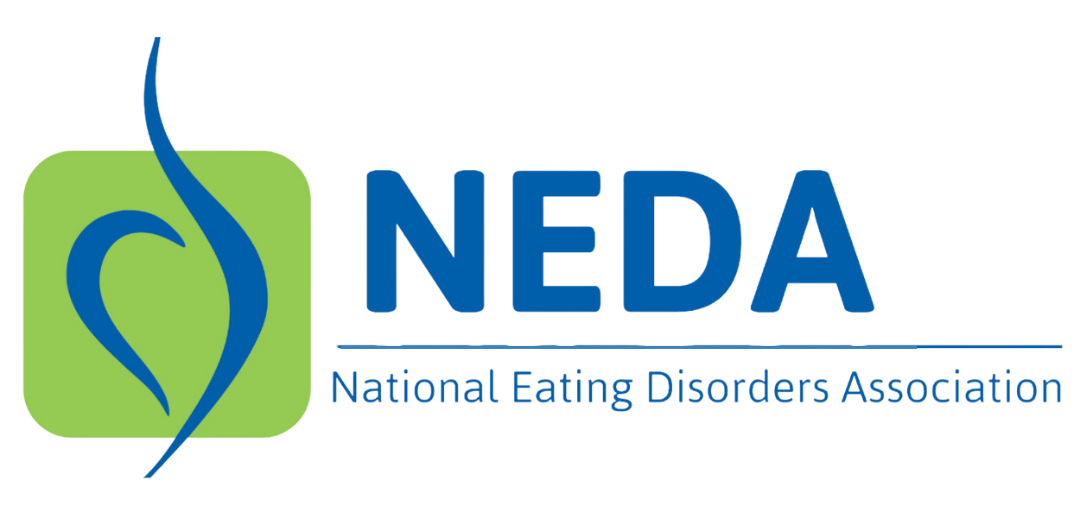Tips for Responsible Media Coverage
GUIDELINES FOR MEDIA OR SHARING YOUR STORY

As the largest information clearinghouse about eating disorders and related issues, the National Eating Disorders Association recognizes that the media is one of our most important allies in the effort to raise awareness about the dangers of eating disorders. For this reason, we strive to work with the media to tell stories that produce accurate, insightful, and informative pieces that will resonate with the public.
Eating disorders are complex illnesses that affect all kinds of people, regardless of gender, age, size, ethnicity, socioeconomic status or background, and they need to be treated carefully in media coverage. Avoiding numbers, stereotypes, and before/after comparisons is critical.
TIPS FOR COVERING EATING DISORDERS ISSUES FOR SAFETY & SENSITIVITY
- Try to strike a balance between “serious” and “hopeless,” and always encourage people to seek help for themselves or loved ones who are suffering. Recovery is long and often challenging but it is achievable and there are many options available.
- Include information and treatment resources wherever possible – The National Eating Disorders Association website, screening tool, and 24/7 Crisis Support via text (send HOME to 741-741) are great resources.
- If you need more information, ask! The National Eating Disorders Association has the latest resources-and in many cases, we may be able to point you to treatment professionals or prevention volunteers in your coverage area.
Please note: We cannot connect media to people who are currently struggling with an eating disorder for ethical and legal reasons. However, if you are interested in speaking with an expert and/or someone in recovery from an eating disorder, please contact communications@nationaleatingdisorders.org.
Several common coverage mistakes can unintentionally cause serious harm.
WHEN YOU COVER EATING DISORDERS, PLEASE:
- Don’t focus on graphic images or descriptions that depict bodies of eating disorder sufferers.
Research proves that coverage dramatizing dangerous thinness can provoke a “race to the bottom” among other sufferers (i.e., “They are thinner than I am and she’s still alive, so I should lose more weight; or I’m not that sick, so I don’t really have a problem).
Equally problematic is portraying higher weight bodies as unkept, lazy, out-of-control, etc. Stereotyping higher weight individuals by picturing them without heads, in unflattering positions, or with a large amount of “unhealthy” food promotes weight stigma and biases which are dangerous. Research proves weight stigma/bias lead to binge behaviors, dieting, and weight gain.
- Don’t play the numbers game. “She ate X calories a day” or “He took as many as X laxatives at a time” can turn a well-intentioned article into a recipe for disaster.
- Don’t mention a person’s current or past weight or do “before and after” comparisons in writing or photos.
- Don’t focus on weight loss as a measure of “recovery” for people in higher weight bodies with eating disorders. Recovery sometimes includes weight loss, but usually does not and should not be a measure of success.
- Don’t fall in to the trap of referring to all people with Anorexia Nervosa as “underweight” and people with Binge Eating Disorder as “overweight or obese”. People all along the spectrum of eating disorders are found in every size body. For example: a person with Anorexia Nervosa can be in a higher weight body and a person with Bulimia Nervosa or Binge Eating Disorder can be “under or normal weight”.
- Don’t use “eating disorders” and “food addiction” interchangeably. There are significant differences between the current definitions of “food addiction” and “eating disorders”, and the research is not currently conclusive. Eating disorders are life threatening disorders which need a very specific type of treatment.
- Use the term “higher weight people” or “people in higher weight bodies” rather than “obesity” whenever possible. The terms “obesity” and “obese” have the effect of being stigmatizing and are rejected by many people with eating disorders.
- Watch out for the appearance-ideal. Eating disorders are highly restrictive and can be life threatening. Their sufferers shouldn’t be glamorized or, worse yet, presented as people seeking attention with “astounding will-power” or “incredible self-control.” Likewise, when covering those who binge eat, don’t allude to sufferers as having “no will-power” or in a way that stigmatizes their body shape or size.
- Be careful with narratives of “bravely fighting the illness alone.” Perhaps your subject did, but most don’t – the vast majority of those who beat eating disorders do it with the ongoing help of trained medical professionals. Consider how you would write about someone “bravely fighting” alcohol or drug addiction without proper intervention and professional care.
Thank you for your commitment to accurate, sensitive, and responsible coverage!
For additional questions, please contact communications@nationaleatingdisorders.org.

